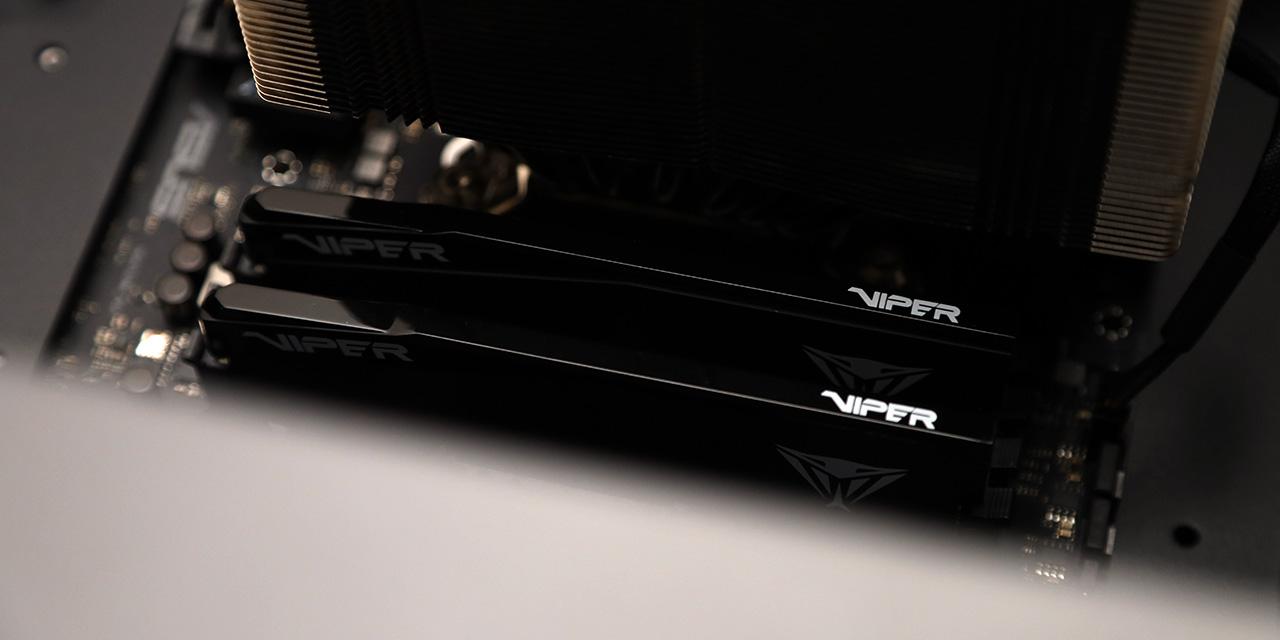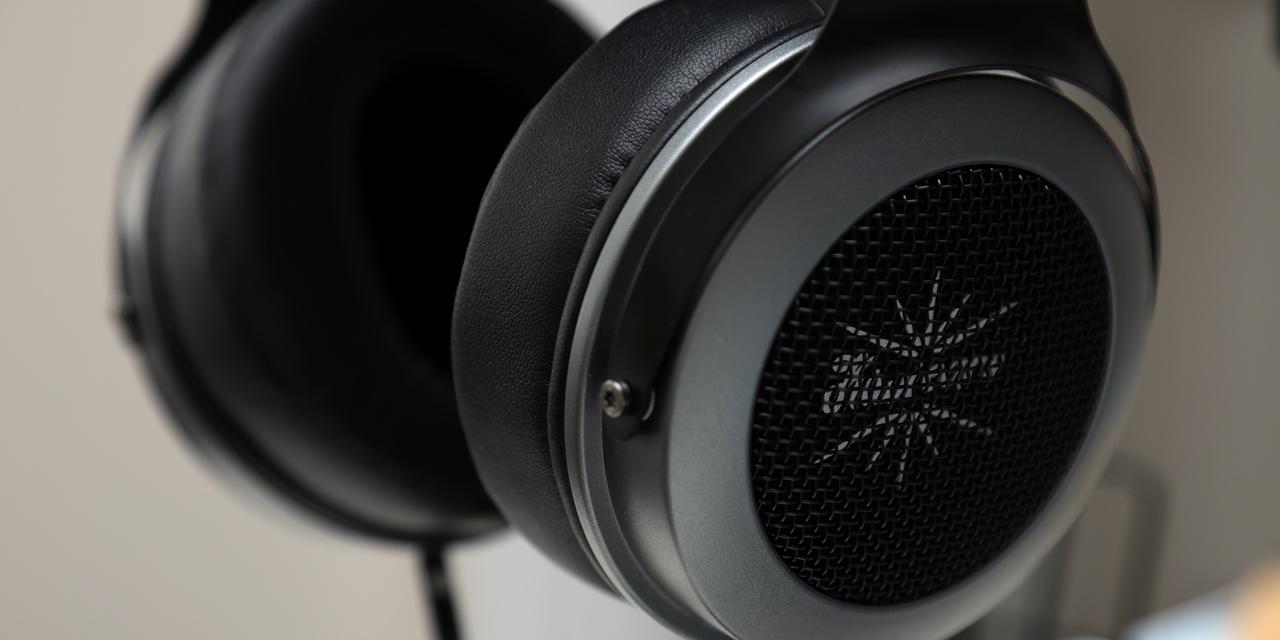Page 2 - Physical Look - Hardware; Installation

The XPG Levante 240 does not entirely stand out from the crowd of other all-in-one liquid coolers on the market. It is an Asetek OEM product, a manufacturer and name familiar to many of us who has been in the industry for a long time. The XPG logo on the water block is probably the main feature that catches the eye, particularly because this is where the ARGB LEDs will light up when the cooler is installed. Otherwise, the all-black color will fit nicely in basically any case on the market today, while the ARGB capabilities will allow the XPG Levante 240 to stand out. A nice quality feature of the XPG Levante is the sleeved tubes. Some water coolers just have rubber tubing, but the sleeved tubes really enhance the quality that extra bit. Furthermore, where the tubes connect to the water block, they are able to rotate. This makes mounting the cooler a bit easier preventing the tubes from getting twisted. On the other hand, this could be a specific model issue, but many of the fins on the radiator for my model were dented. I doubt there will be a great impact on cooling performance, but it is worth it to note. Lastly, a small feature I have noticed on other coolers not present on the XPG Levante 240 are metal plates underneath the screw holes to protect one from screwing the bolt into the fins of the radiator. This means you have to be very careful how far you screw the fan screws in.
The XPG Levante 240 radiator's dimensions are 272mm by 121mm by 27mm. It is entirely made out of aluminum, which provides an effective balance between heat transfer and weight. Copper, which we will see is used on the water block, is better at heat transfer, but much heavier. For a large object like a radiator, aluminum is more appropriate. The fins are in an ocean wave pattern between thin piping. The piping carries the liquid while the heat is transferred to the fins. The two 120mm fans then push or pull air through the fins to dissipate the heat.

Unlike other water blocks, the XPG Levante 240 has two separate sets of cables leading out of it. One is to power the pump, while the other is for the ARGB LEDs. The cables leading away from the water block are quite long, making it hard to cable manage. On the other hand, it ensures the cables can reach wherever they need to go on your motherboard. As I mentioned before briefly, the water block is made from copper. It provides excellent heat transfer from the processor for the heat to be carried away to the radiator. The XPG Levante 240 has pre-applied thermal paste, making it much more user friendly for beginners, but it means you cannot reinstall it without buying more thermal paste.

Two 120mm fans are included in the XPG Levante 240. They both have ARGB lighting and connect well with the water block to create a unified look. They have fluid dynamic bearings, which will last a while and hopefully be quiet. The fans will spin at 600 to 2000RPM with static pressure of 1.42mm-H2O. The airflow is 61.5CFM with noise level of 34dB. The fans should be good at effectively providing air for the radiator. We will see on the next page on how they perform.

The XPG Levante 240 actually has the exact same installation process as the Fractal Design Celsius S24. I briefly looked at the manual and XPG gave fairly detailed instructions, which should be effective at explaining everything even to a beginner. The first step is to install the backplate, which is a plastic piece. Four screws are then screwed in from the other side. The backplate sits loosely. It can move around a little bit, which is a bit annoying. The first step is clear, however, and easy to do.

Next, I installed the radiator. It helps me to prevent the tubes from tangling. I installed it at the front of my computer case in a pull orientation. After it was installed, I moved on to screwing the water block on. Be very careful about how tight they get. This is important, as I have encountered this problem when removing the screws from the motherboard. With a plastic backplate, the backplate can break before you are able to remove the screws. This is a bit of a design oversight with this specific installation method, but do not overtighten the screws and it should be fine.
Overall, the installation process of the XPG Levante 240 was a good experience. With everything installed and running, let us see how it does on the next page.
Page Index
1. Introduction, Packaging, Specifications
2. Physical Look - Hardware; Installation
3. Test Results
4. Conclusion





